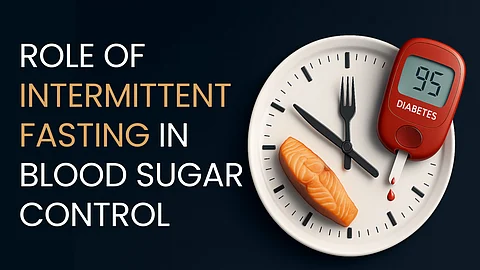Intermittent fasting offers more than just a way to eat; it provides a rethink of how your body manages energy. For people with type 2 diabetes, this approach holds exciting promise not only for managing blood sugar but for reducing medications, reversing insulin resistance, and potentially achieving remission. However, it is not a universal solution. IF should complement a broader lifestyle approach that includes balanced nutrition, physical activity, and medical care.
It's not about deprivation; it's about giving your body a break and letting your innate biology work for you.
As always, the golden rule is personalization. With the right medical guidance, intermittent fasting could be the tool that unlocks better health, less dependence on medication, and greater freedom for people living with type 2 diabetes.


